
Brazil is one of the top exporters of meat worldwide, and the city of Uberaba is the epicenter of the rapidly changing trade. The romantic ideal of farmers raising cows is being replaced by high-tech innovations such as the use of genetics and cloning as the landowners exert influence upon the government to grow their share of the global market even further. BuzzFeed News spoke with photographer Carolina Arantes about her project Holy Cow, which examines the cattle industry. The project was one of two selected from an Open Call in partnership with Visura.
How long did you work on this project?Along three years, since 2013. I spent at least one month in Brazil working in this project. During the months of May — when the ExpoZebu happens — I have been shooting, meeting specialists, and researching the theme.
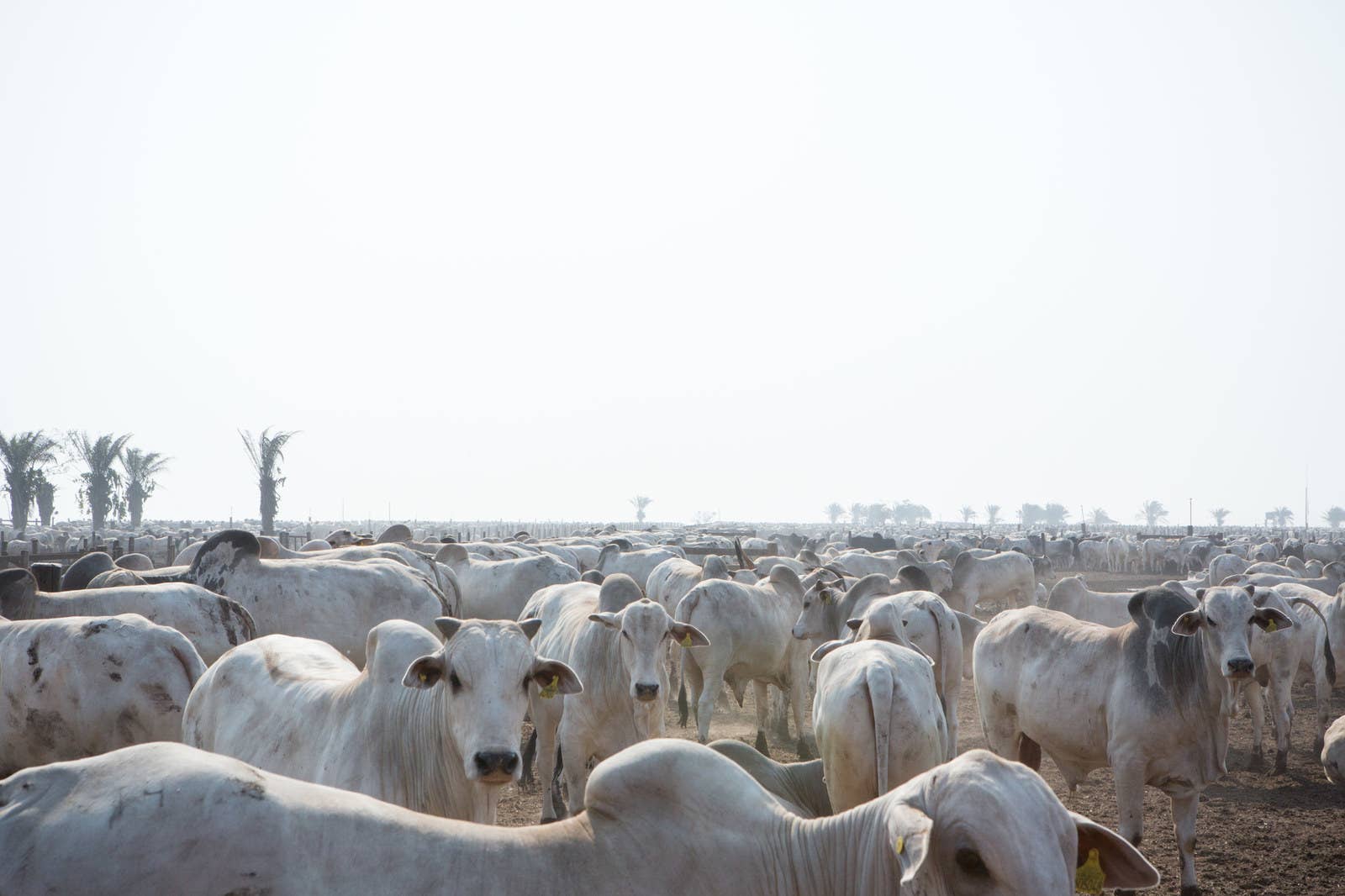
What was the most surprising thing that you learned about cattle?
I've learned many! Above all, it was surprising to realize that one animal alone consumes 40–50 liters of water per day, under normal temperature. It is widely known that cattle production demands loads of resources from the planet. Besides water, the animals require space — as their own food production requires as well. However, realizing it in the fields is quite impressive.
I’ve met a few young, respected professionals and farmers concerned about the environmental issues. This is a hard fight; let's hope they will be able to adapt the business to reduce its impact on the environment.
Livestock production is a highly complex subject, with significant alimentary, political, economic, and environmental consequences. So I was also surprised to see that the cattle breeders are a powerful force in Brazil. As the activity grows each day, across borders, it becomes even more impersonal and businesslike, whilst the traditional farming is weakening.
Nonetheless, the small and even medium farmers, who make up 70% of the industry, still raise nongenetically developed animals. The prices to acquire and maintain a qualified animal practically exclude them from the business. Again, some programs try to integrate the small farmers and, although they work hard at it, this target is still not on the main list of necessary measures to be taken by key actors. For such an important national industry — that had begun with a beautiful traditional story, made by small farmers not so long ago — this is a shame. The sophisticated cattle breeding is incredibly well-developed in the country, mainly by private initiatives (together with some public loans and public agronomic researches), using advanced technology in animal genetics, nutrition and pastures, sanitary controls, and machinery. That benefits the country in different ways.

As far as I know, cloning relates only to genetic material (sperm) for sale in the country. In Brazil, the Zebu breed was developed naturally, and some achieved what the industry believes to be excellent standards. They are extremely expensive animals, raised for reproduction. Therefore, cloning can preserve genetic patterns and boost the commercial value.
My favorite image at the moment is the one some people called the "Peepshow" cow. To me, it represents the significance of Zebu to the meat industry — how it is a venerated animal. The picture portrays a celebratory moment. I think it could almost be a religious image — if the animal were from India.

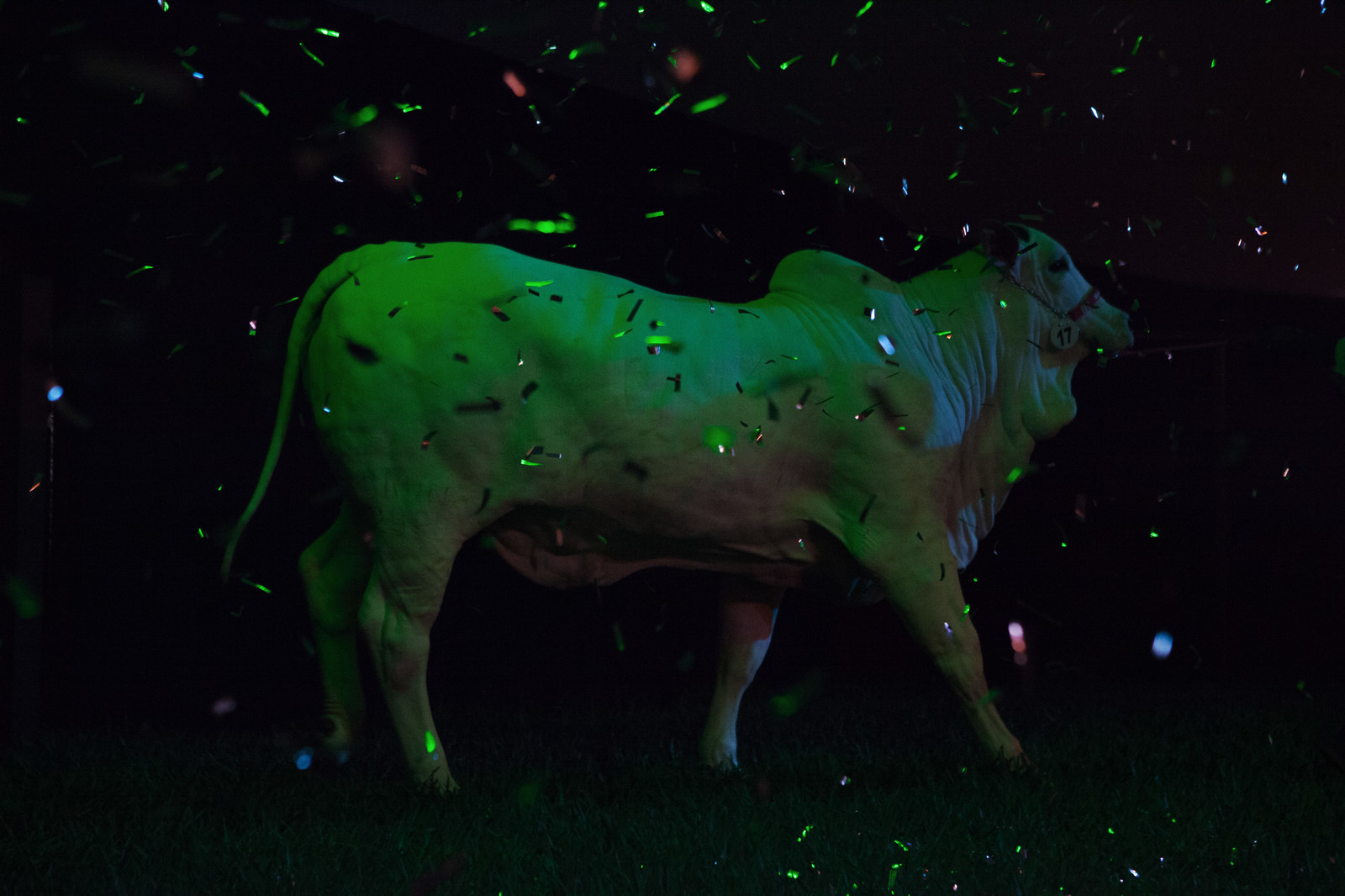
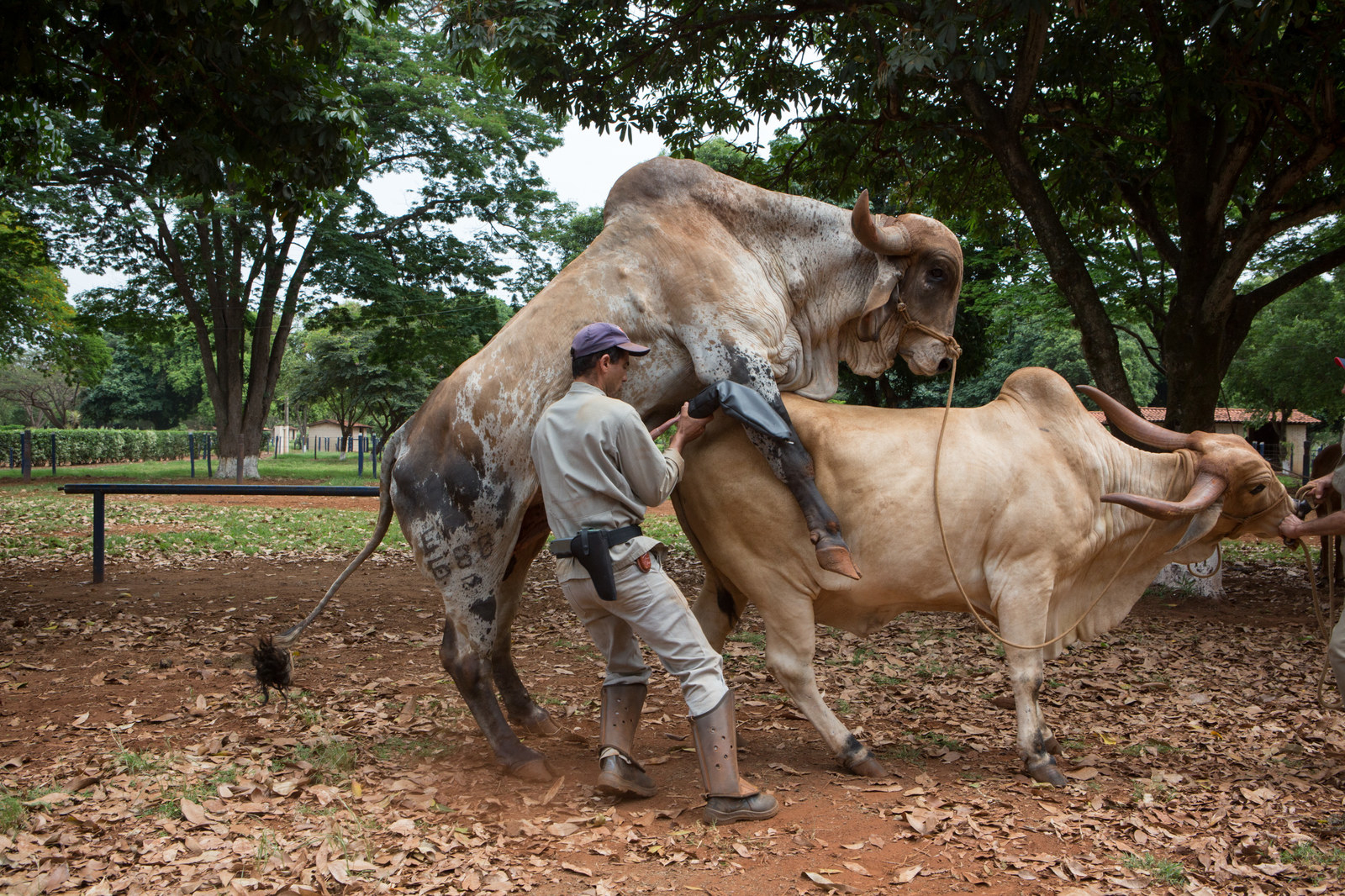
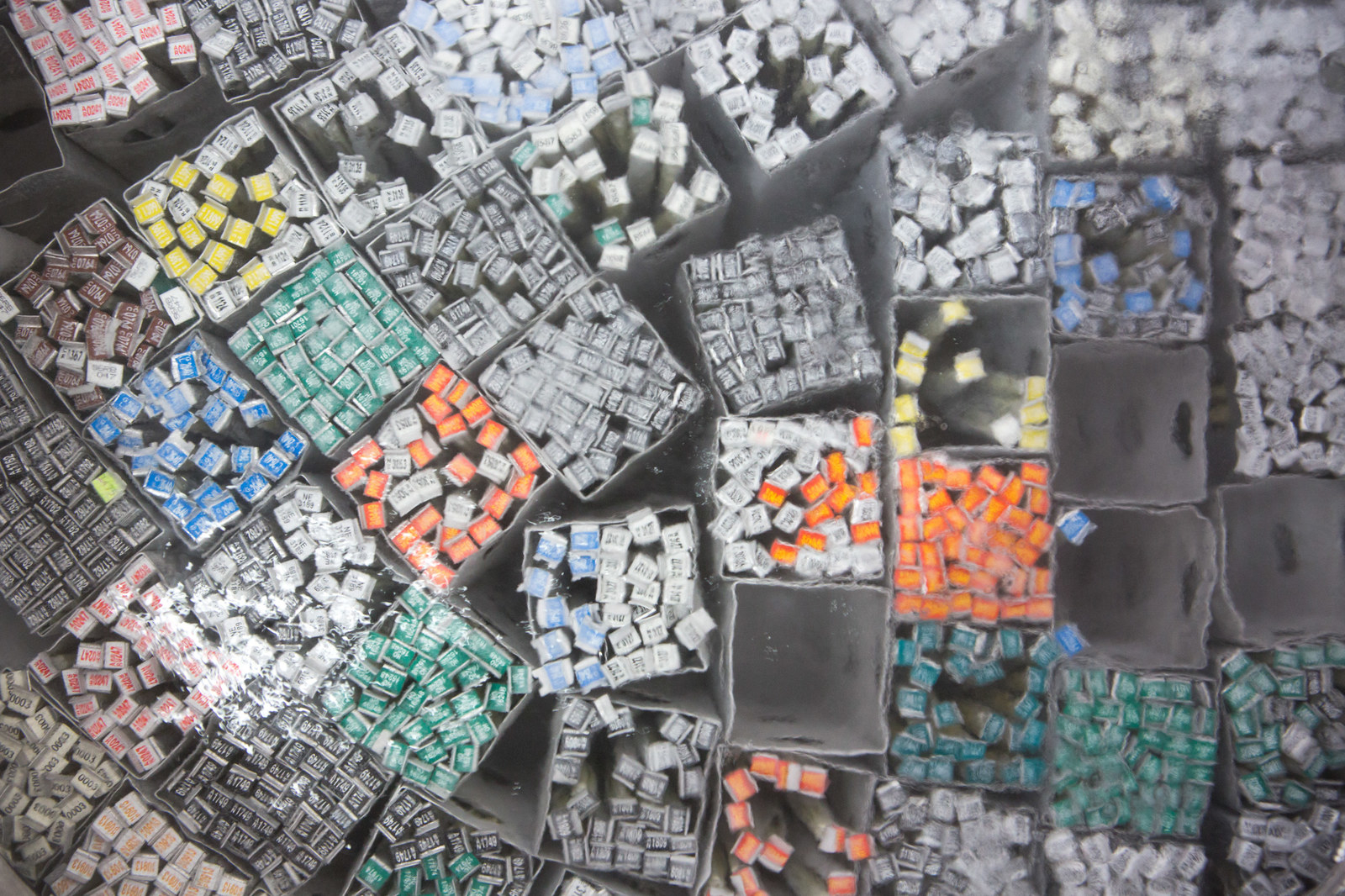
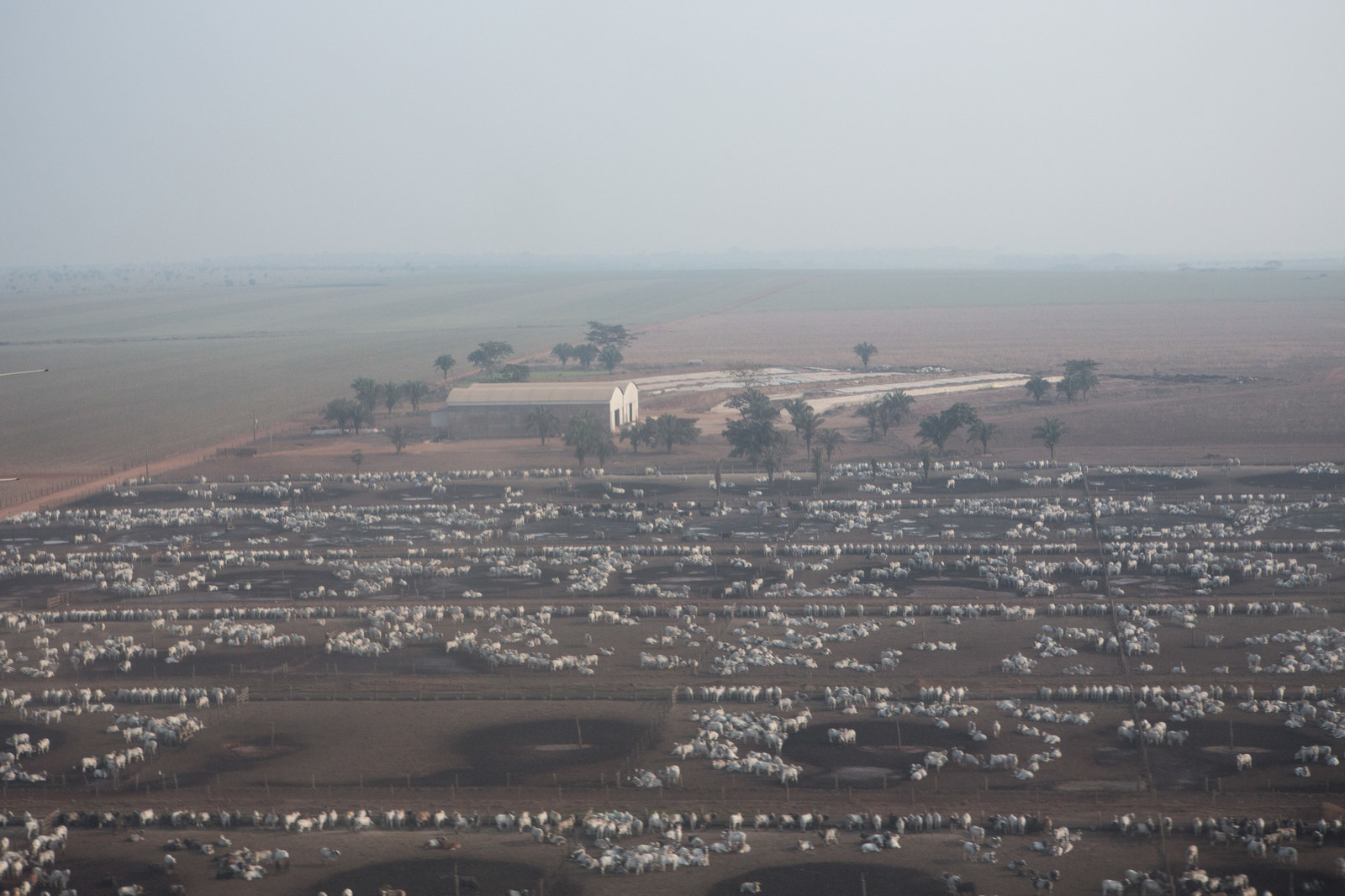
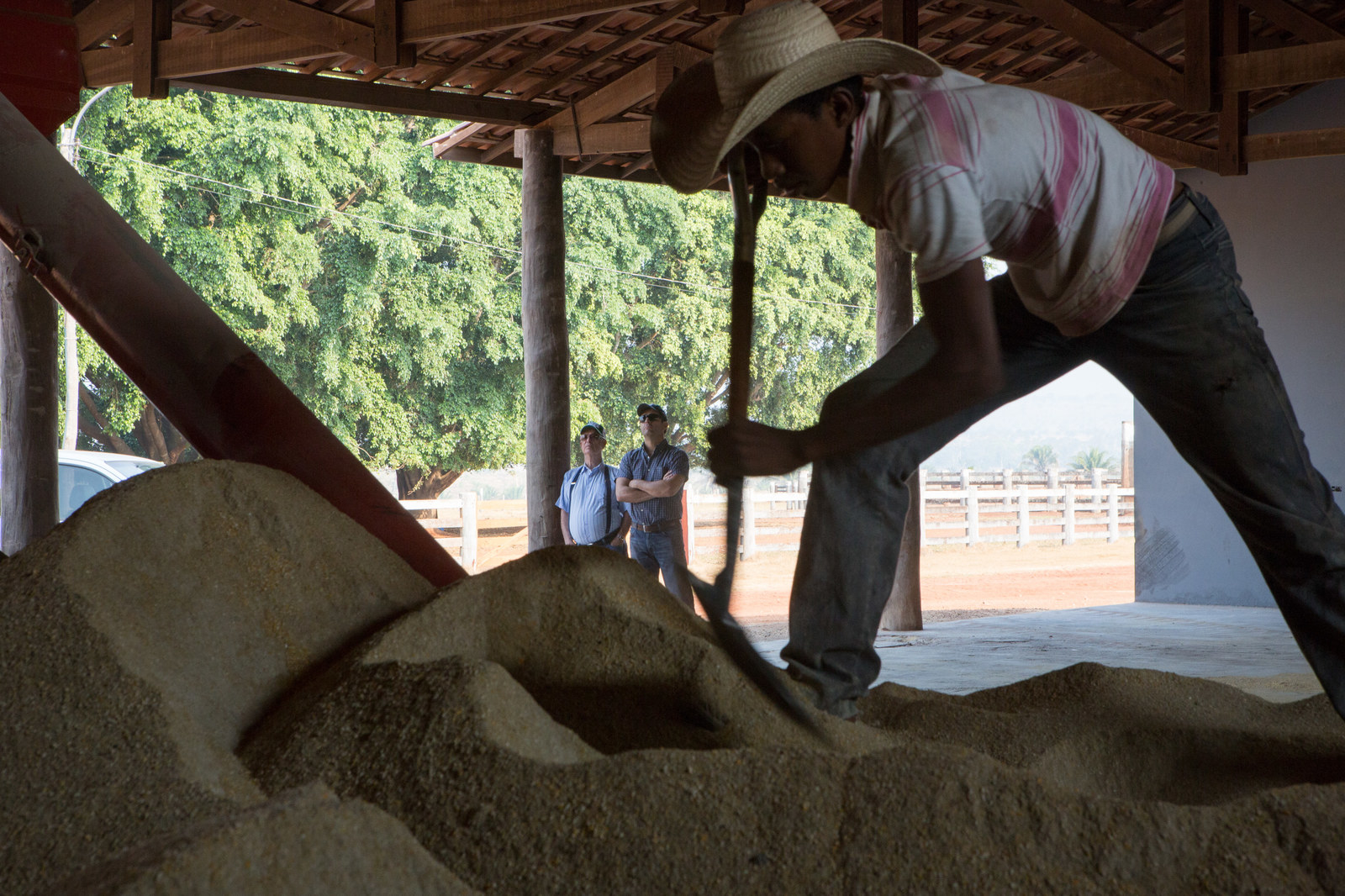
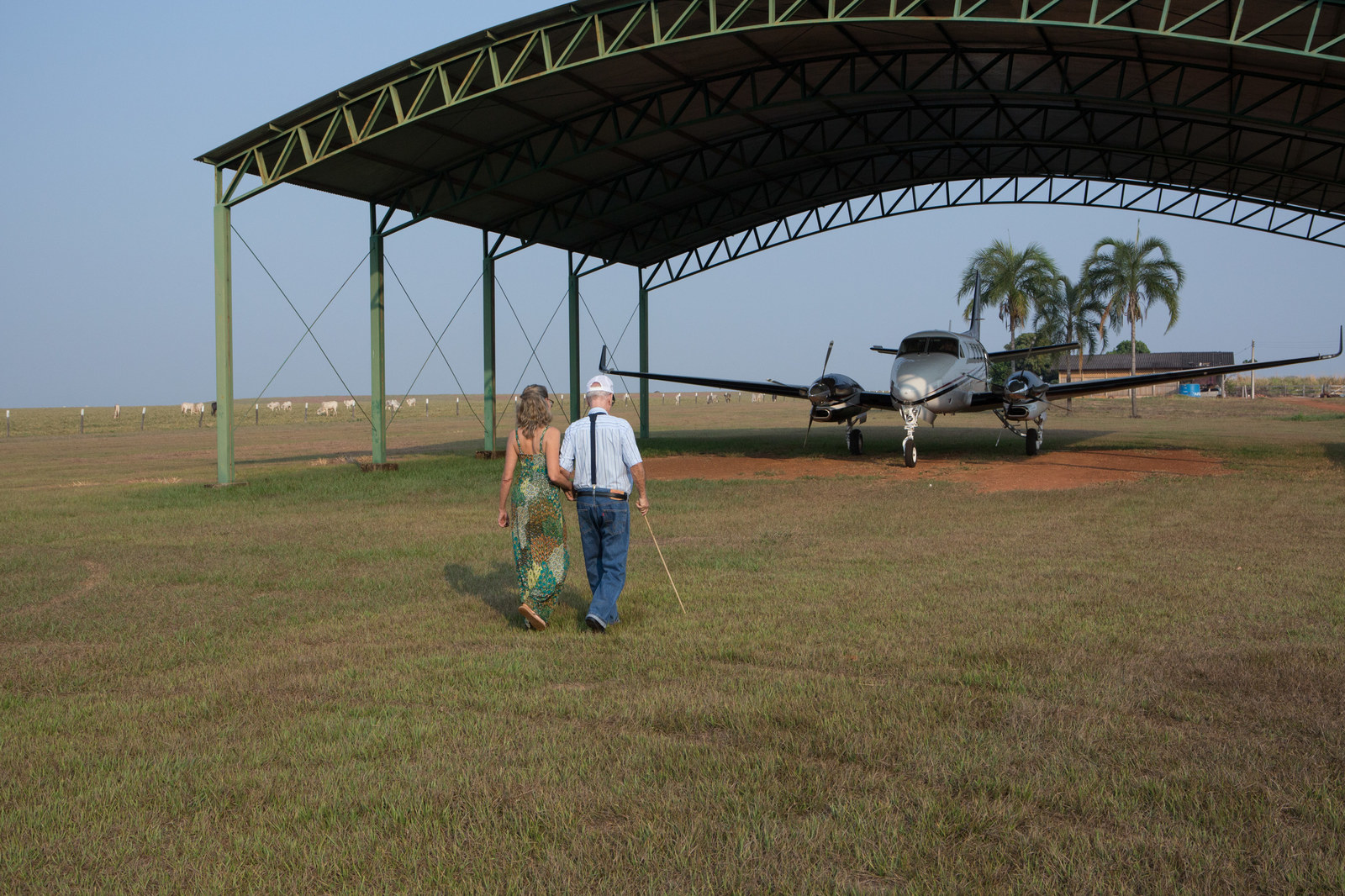

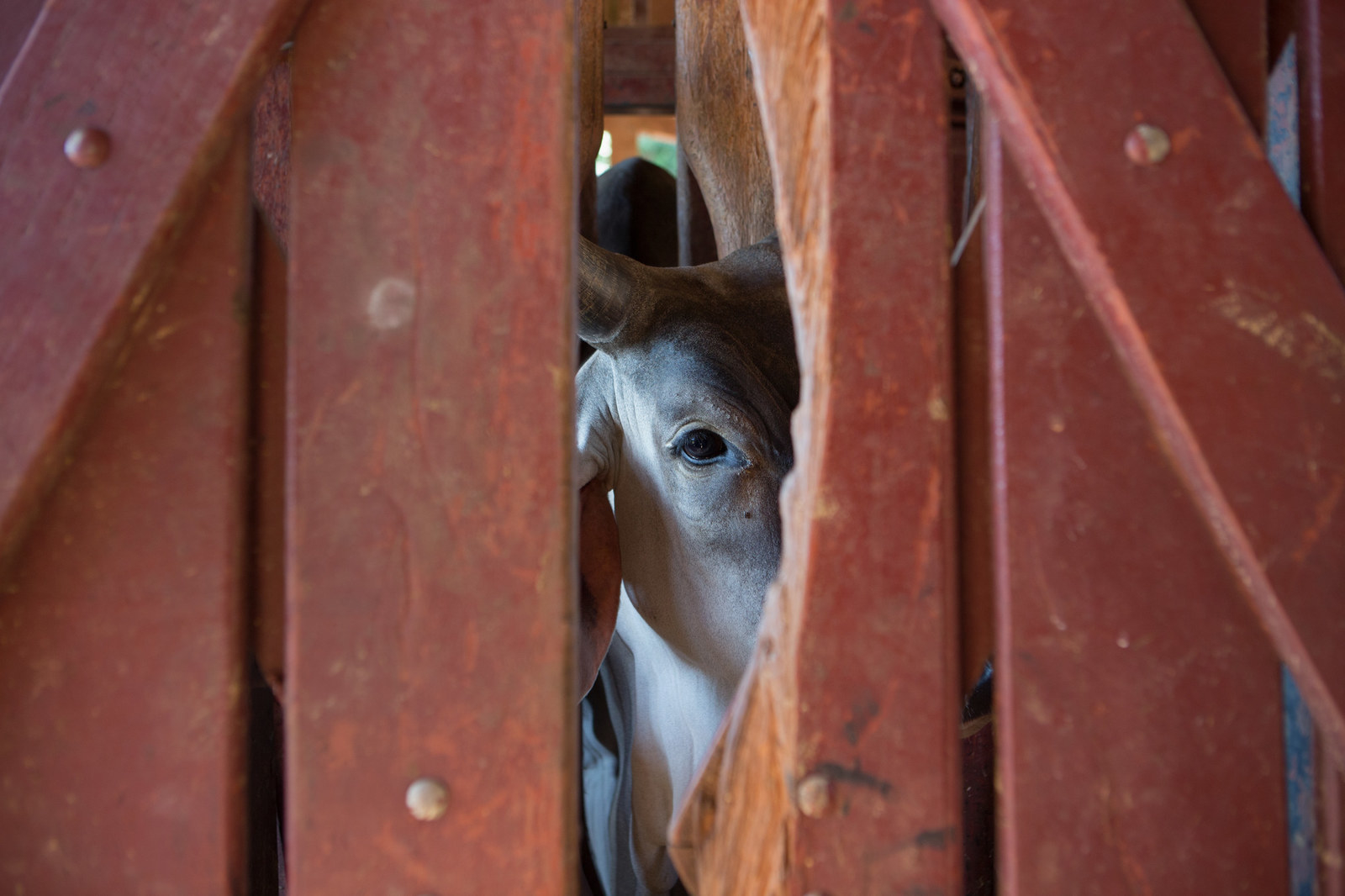
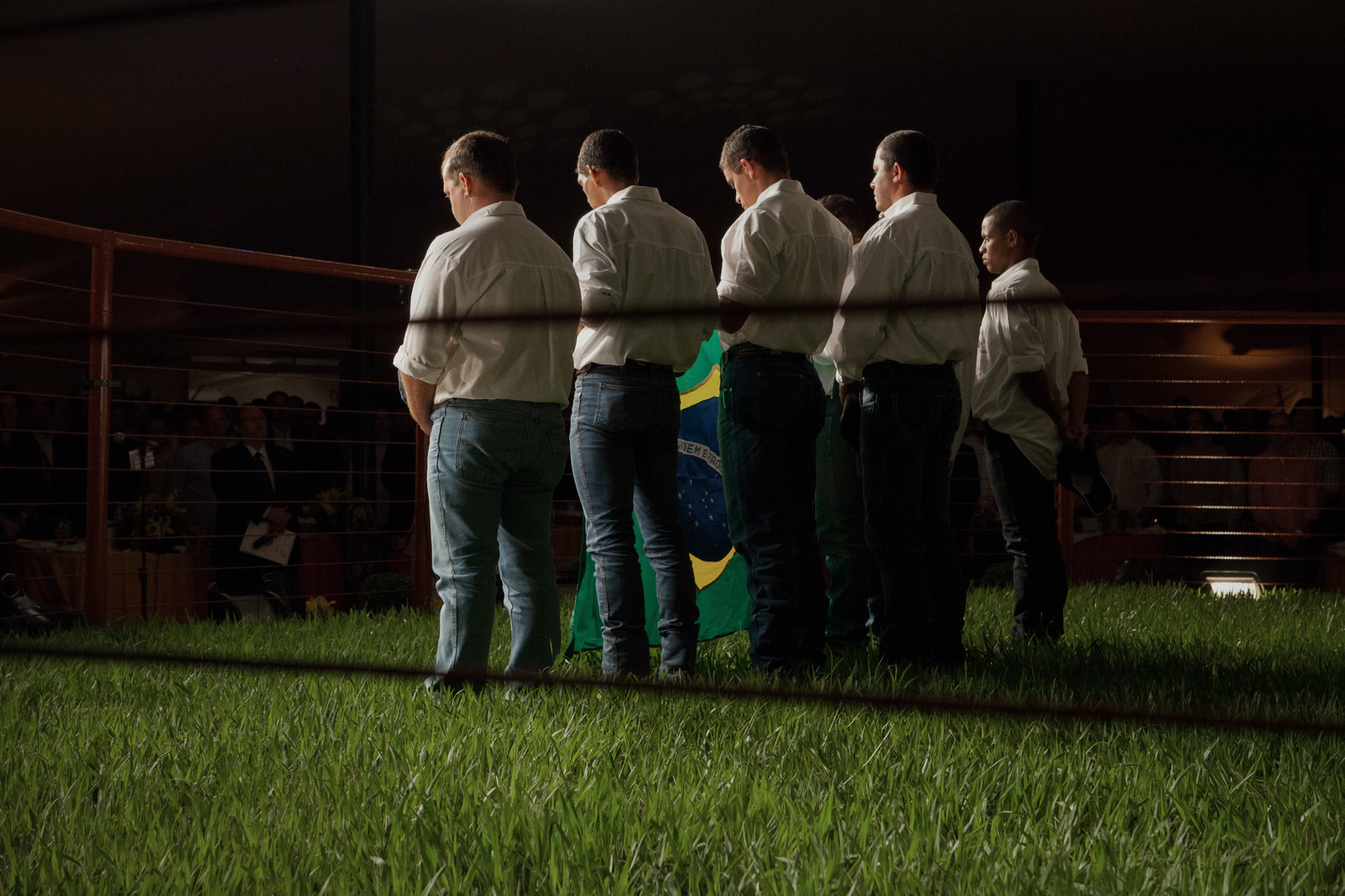
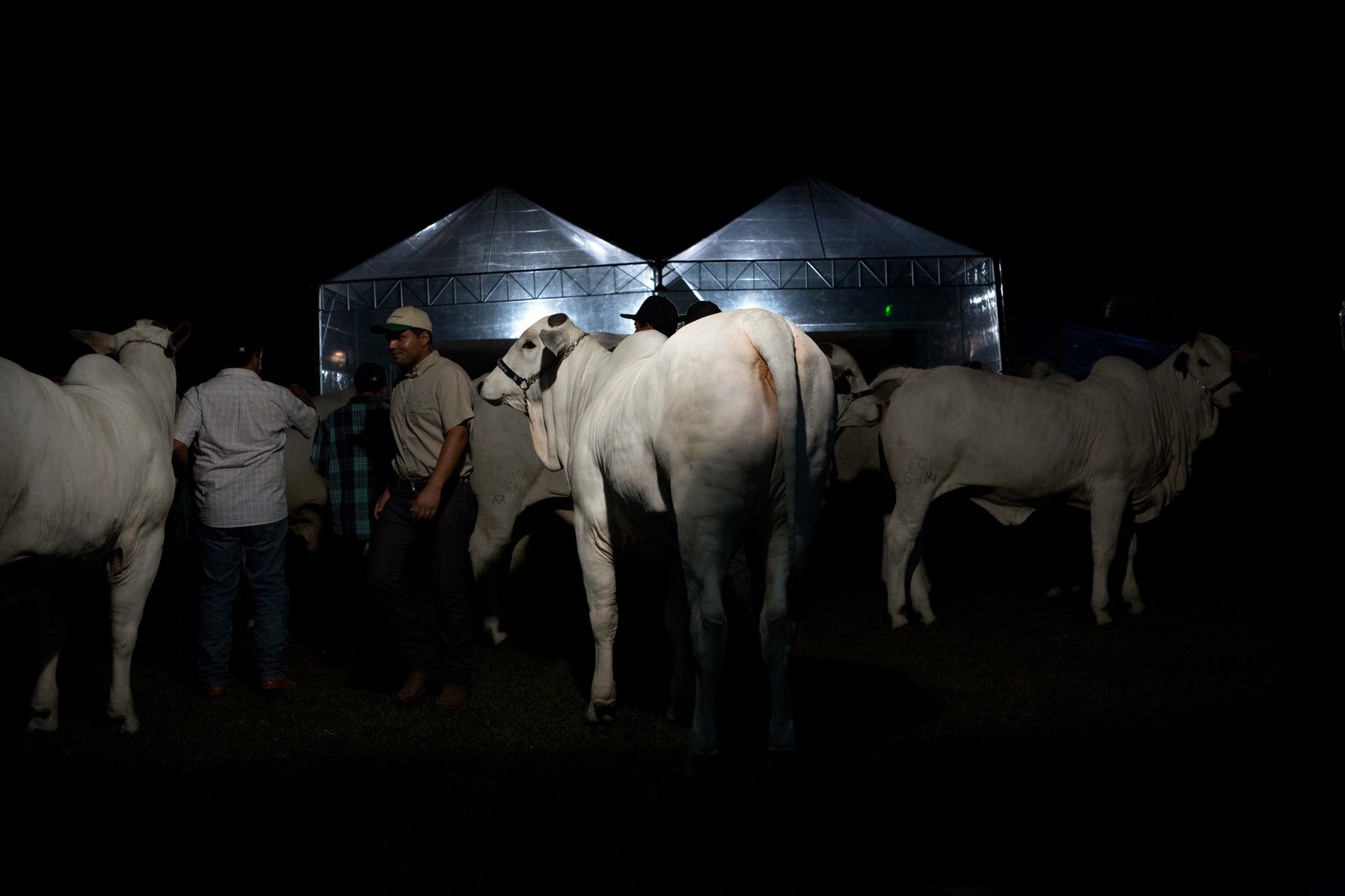
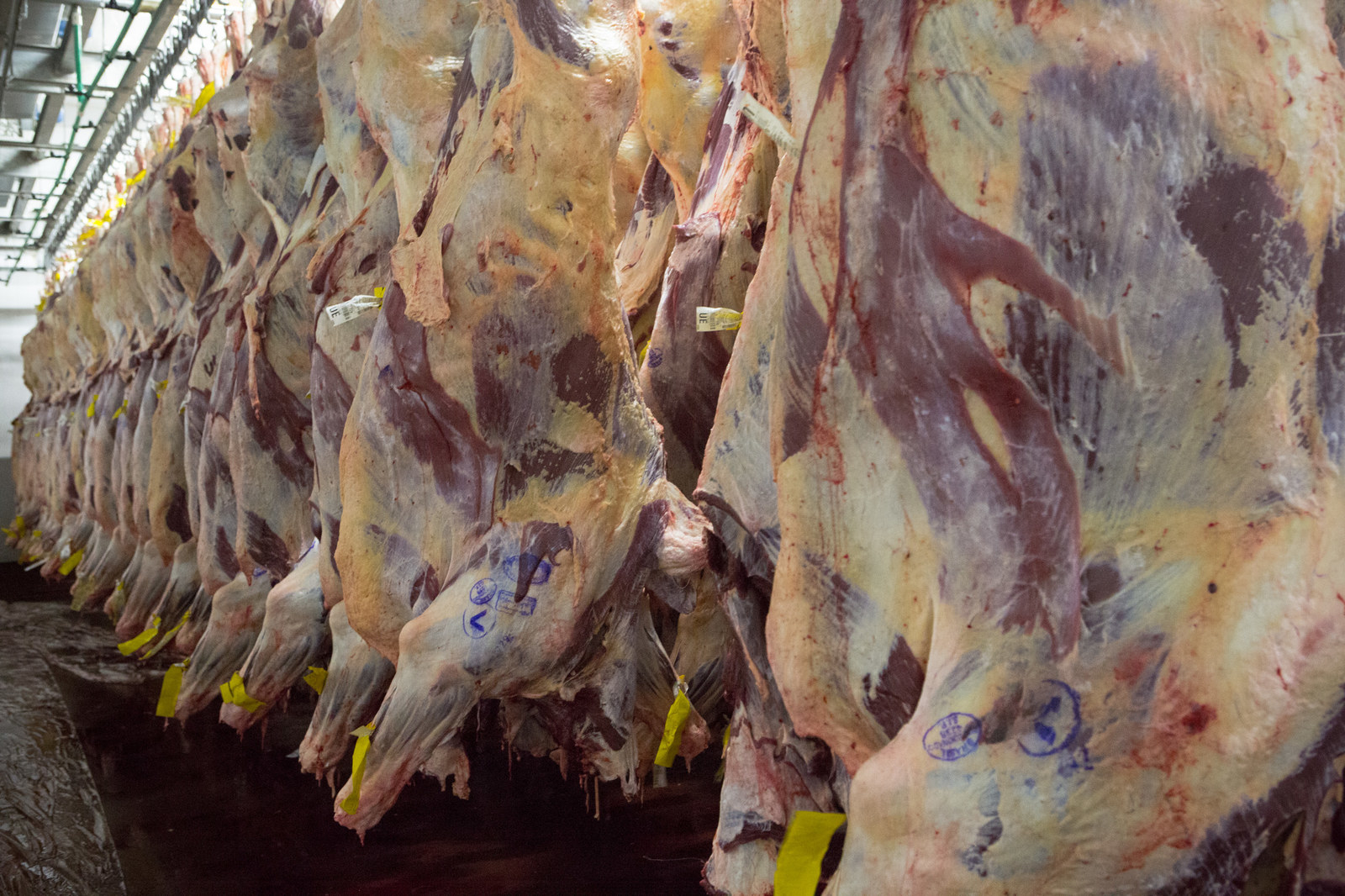
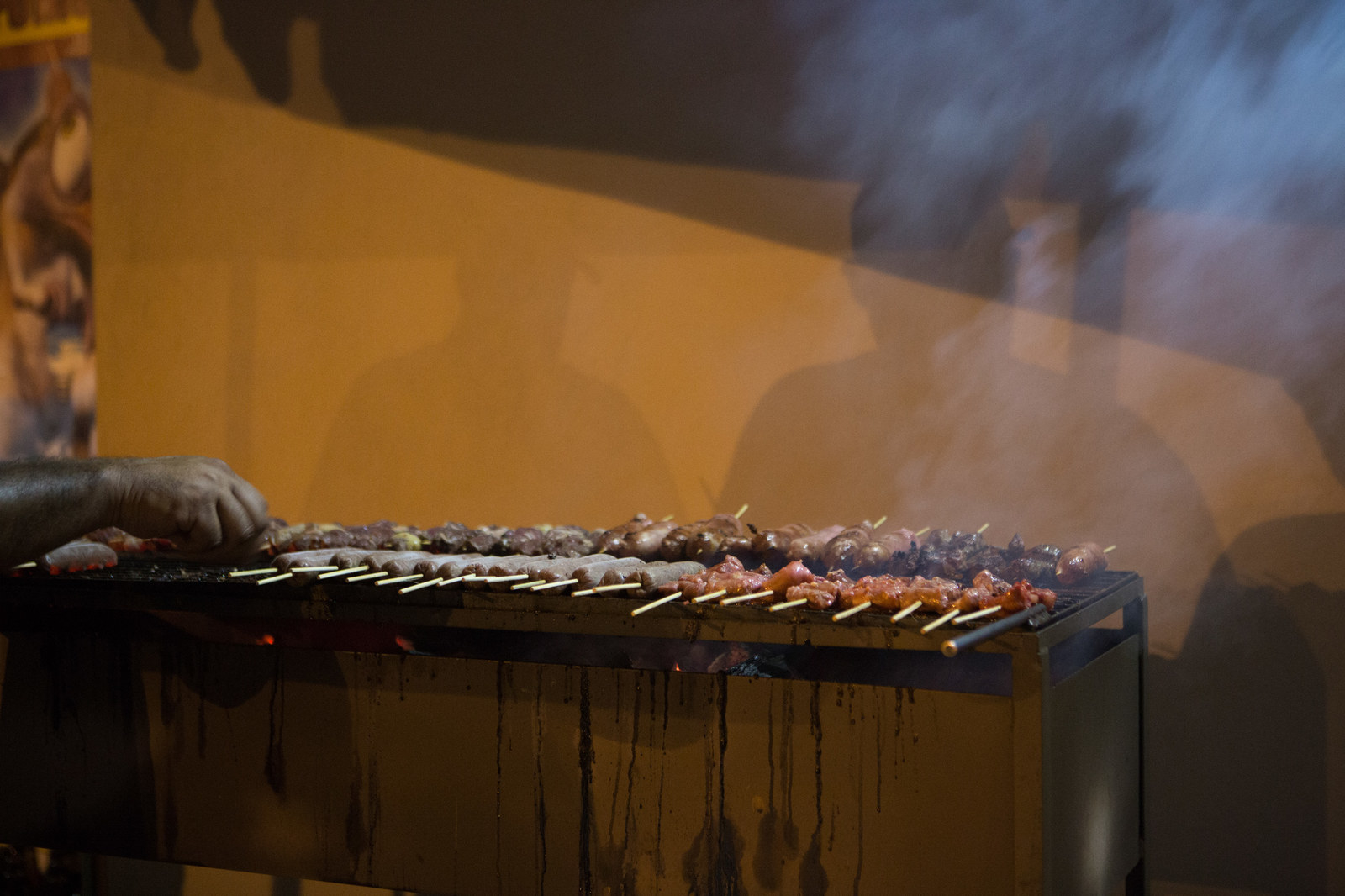
Carolina Arantes is a photographer based in Brazil and France. She is currently working on a project about the first generation of Afro-French women.
This interview has been edited for length and/or clarity.
